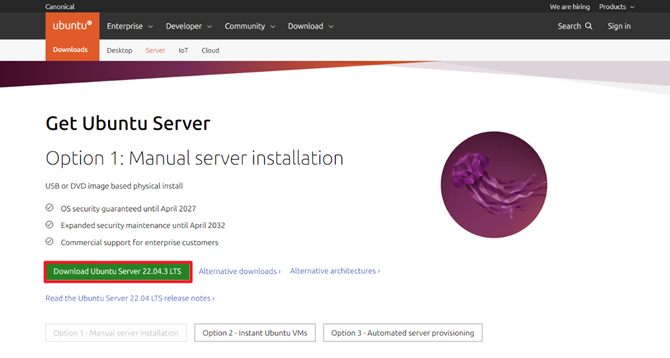Remove Snap Package from an Ubuntu Server
Remove Snap Package from an Ubuntu server if you prefer to minimize the use of Snap, opt for traditional package management, or simply need to free up system resources. Snap packages, while convenient, can sometimes feel restrictive or unnecessary in certain server environments, especially when trying to keep your server lightweight.
In this guide, we will show you how to safely remove Snap packages from your Ubuntu server. We’ll cover the commands and steps required to list, remove, and clean up any Snap installations. Whether you want to reclaim disk space or avoid Snap’s potential overhead, this guide will walk you through the entire process.
By following these steps, you’ll be able to manage your server’s packages more effectively, giving you complete control over the applications running on your system.
Managing software on an Ubuntu or any Linux server is crucial for maintaining a clean, efficient, and secure environment. This guide will walk you through the process of remove applications or packages from your Ubuntu server using snap method.
To list installed packages on Linux you can check the following link.
Prerequisites
- Sudo or root privileges.
- Basic knowledge of command-line operations.
Method using snap
Snap packages are self-contained applications with all dependencies bundled.
- List of Installed Snaps:
sudo snap list- Remove the Snap Package:
sudo snap remove <snap_name>Conclusion
Regularly cleaning up unused Snap packages on your Ubuntu server can improve efficiency and free up resources. By following this guide, you can ensure your server stays organized and performs optimally.
Using Snap packages on Ubuntu servers has both advantages and disadvantages, and it’s important to weigh both sides before deciding whether or not to use them on your system. Below are the main pros and cons of using Snap packages:
Pros
- Easy Installation and Updates: Snap packages come with all dependencies bundled, which makes them easy to install and manage. The Snap system also handles automatic updates, ensuring your applications remain up-to-date without needing manual intervention.
- Cross-distribution Compatibility: Snap packages can run on multiple Linux distributions, not just Ubuntu. This makes them ideal for users who prefer to maintain cross-platform compatibility between different Linux versions.
- Security Features: Snap packages are sandboxed, meaning they are isolated from the rest of your system. This helps minimize the potential impact of a vulnerability in the application, enhancing security.
- Version Control: Snap allows multiple versions of a package to exist on the same system at once. This flexibility allows users to switch between different versions if needed.
- Compatibility with New Software: Many software developers choose Snap to distribute their applications, especially for new releases, ensuring users have access to the latest features and versions.
Cons
- Larger Package Size: Since Snap packages include all of their dependencies, they tend to be larger than traditional package formats. This can lead to increased disk usage, especially on servers with limited space.
- Slower Startup Times: Snap packages often have slower startup times compared to native packages due to the snapd service required to manage them.
- Limited Customization: Snap packages can sometimes lack the fine-grained control over installation and configuration that users may need, as compared to more traditional package managers like apt or yum.
- Not Always Compatible with Older Software: Some older software applications may not have Snap versions available. Users needing specific versions might need to seek out alternatives or rely on the traditional installation methods.
- Dependence on Snapd Service: Snap requires the snapd service to run, which consumes system resources. On servers with minimalistic setups, this may be seen as an unnecessary overhead.















